
Clark Gable was a Hollywood star and among the most famous figures in the world when two events altered his life. First, the Japanese attacked Pearl Harbor on Dec. 7, 1941, hurtling the United States into World War II. Then, the following month, Gable’s beloved wife Carole Lombard was killed in the crash of a DC-3 airliner returning from a war bonds tour.

Devastated, patriotic, and at age 40 a bit old for military service, Gable didn’t feel that the work he and Lombard had been doing to raise money through war bonds was enough of a contribution. He sent a telegram to President Franklin D. Roosevelt asking for a role in the war effort. The president replied, “STAY WHERE YOU ARE.”
In 1942, following Lombard’s death, Gable joined the U.S. Army Air Forces. Lombard had suggested that Gable enlist as part of the war effort, but MGM was reluctant to let him go, and he resisted the suggestion. Gable made a public statement after Lombard’s death that prompted the Commanding General of the U.S. Army Air Forces Henry H. “Hap” Arnold to offer Gable a “special assignment” in aerial gunnery.
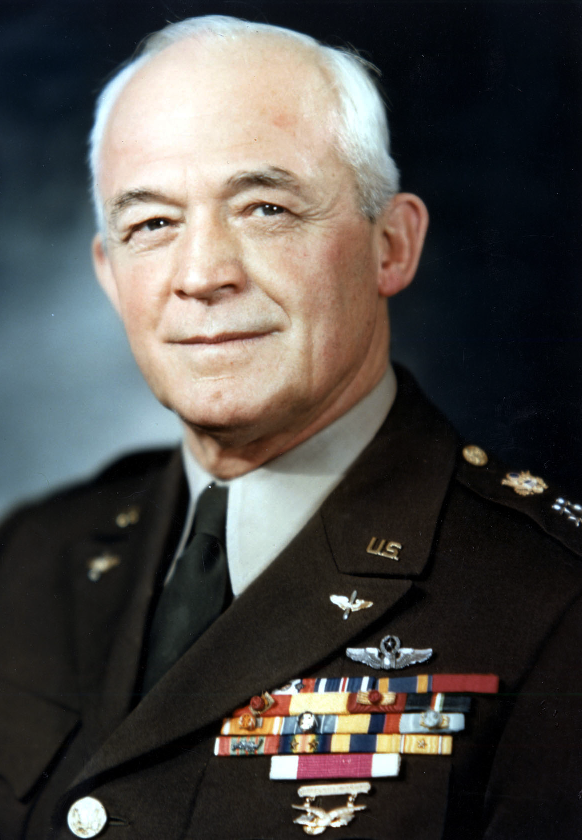
The Washington Evening Star reported that Gable took a physical examination at Bolling Field on June 19, preliminary to joining the service.
- “Mr. Gable, it was learned from a source outside the war department, conferred with Lieutenant General H. H. Arnold, head of the air forces yesterday.” the Star continued. “It was understood that Mr. Gable, if he is commissioned, will make movies for the air forces. Lieutenant Jimmy Stewart, another actor in uniform, has been doing this.”

Gable had earlier expressed an interest in officer candidate school, but he enlisted on August 12, 1942, with the intention of becoming an enlisted aerial gunner on a bomber. MGM arranged for his studio friend, the cinematographer Andrew McIntyre, to enlist with him and accompany him through training.
However, shortly after his enlistment, McIntyre and he were sent to Miami Beach, Florida, where they entered USAAF OCS Class 42-E on August 17, 1942. Both completed training on October 28, 1942, commissioned as second lieutenants. His class of about 2,600 fellow students (of which he ranked about 700th in class standing) selected Gable as its graduation speaker, at which General Arnold presented the cadets with their commissions. Arnold then informed Gable of his special assignment: to make a recruiting film in combat with the Eighth Air Force to recruit aerial gunners. Gable and McIntyre were immediately sent to Flexible Gunnery School at Tyndall Field, Florida, followed by a photography course at Fort George Wright, Washington State and promoted to first lieutenants upon its completion.
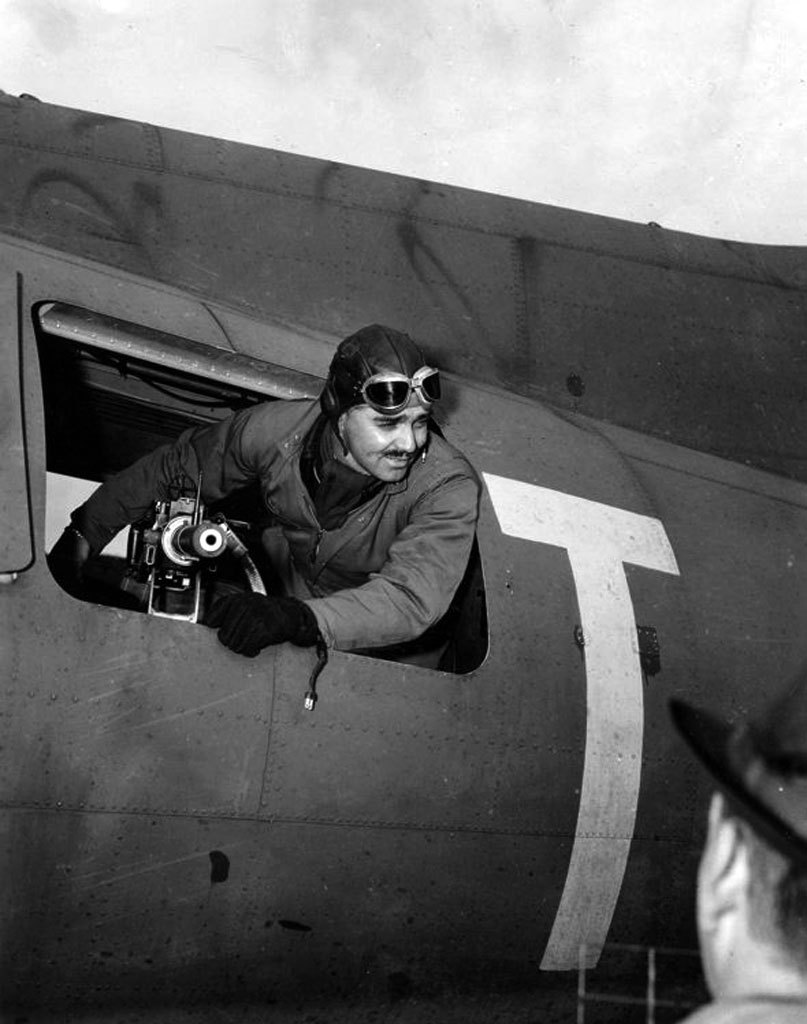
Gable reported to Biggs Army Air Base, Texas, on January 27, 1943, to train with and accompany the 351st Bomb Group to England as head of a six-man motion picture unit. In addition to McIntyre, he recruited the screenwriter John Lee Mahin, camera operators Sgts. Mario Toti and Robert Boles, and the sound man Lt. Howard Voss to complete his crew. Gable was promoted to captain while he was with the 351st Bomb Group at Pueblo Army Air Base, Colorado, a rank commensurate with his position as a unit commander. (As first lieutenants, McIntyre and he had equal seniority.)
Gable spent most of 1943 in England at RAF Polebrook with the 351st Bomb Group. Gable flew five combat missions, including one to Germany, as an observer-gunner in B-17 Flying Fortresses between May 4 and September 23, 1943, earning the Air Medal and the Distinguished Flying Cross for his efforts.
(This portrait of a B-17G Flying Fortress of the 351st Bombardment Group was taken by Capt. Clark Gable. Photo courtesy of the Robert F. Dorr Collection)

During one of the missions, Gable’s aircraft was damaged by flak and attacked by fighters, which knocked out one of the engines and shot up the stabilizer. In the raid on Germany, one crewman was killed and two others were wounded, and flak went through Gable’s boot and narrowly missed his head. When word of this reached MGM, studio executives began to badger the Army Air Forces to reassign its most valuable screen actor to noncombat duty. In November 1943, Gable returned to the United States to edit his film, only to find that the personnel shortage of aerial gunners had already been rectified. He was allowed to complete the film anyway, joining the First Motion Picture Unit in Hollywood.

In May 1944, Gable was promoted to major. He hoped for another combat assignment, but when the invasion of Normandy came and went in June without any further orders, Gable was relieved from active duty as a major on June 12, 1944, at his request, since he was over-age for combat. His discharge papers were signed by Captain (later U.S. President) Ronald Reagan. Gable completed editing of the film Combat America in September 1944, giving the narration himself and making use of numerous interviews with enlisted gunners as focus of the film. Because his motion picture production schedule made it impossible for him to fulfill reserve officer duties, he resigned his commission on September 26, 1947, a week after the Air Force became an independent service branch.
Adolf Hitler favored Gable above all other actors. During World War II, Hitler offered a sizable reward to anyone who could capture and bring Gable to him unscathed.
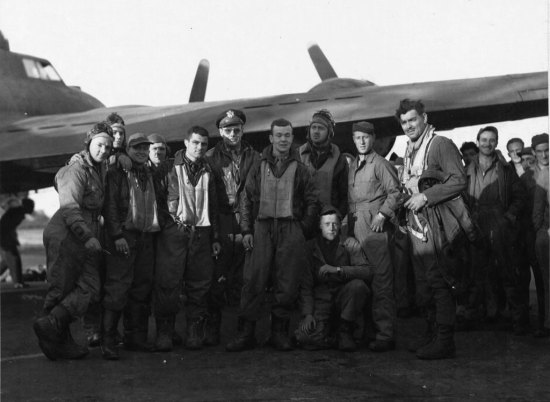
So despite what he said in “Gone with the wind” he did actually give a damn.
I am passionate about my site and I know you all like reading my blogs. I have been doing this at no cost and will continue to do so. All I ask is for a voluntary donation of $2, however if you are not in a position to do so I can fully understand, maybe next time then. Thank you.
To donate click on the credit/debit card icon of the card you will use. If you want to donate more then $2 just add a higher number in the box left from the PayPal link. Many thanks.















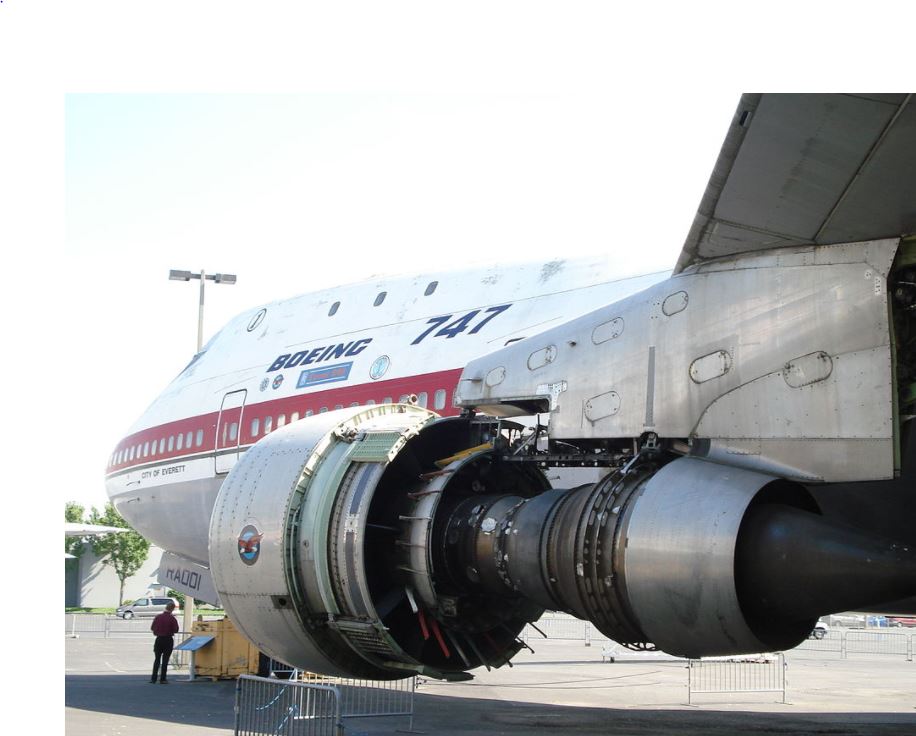













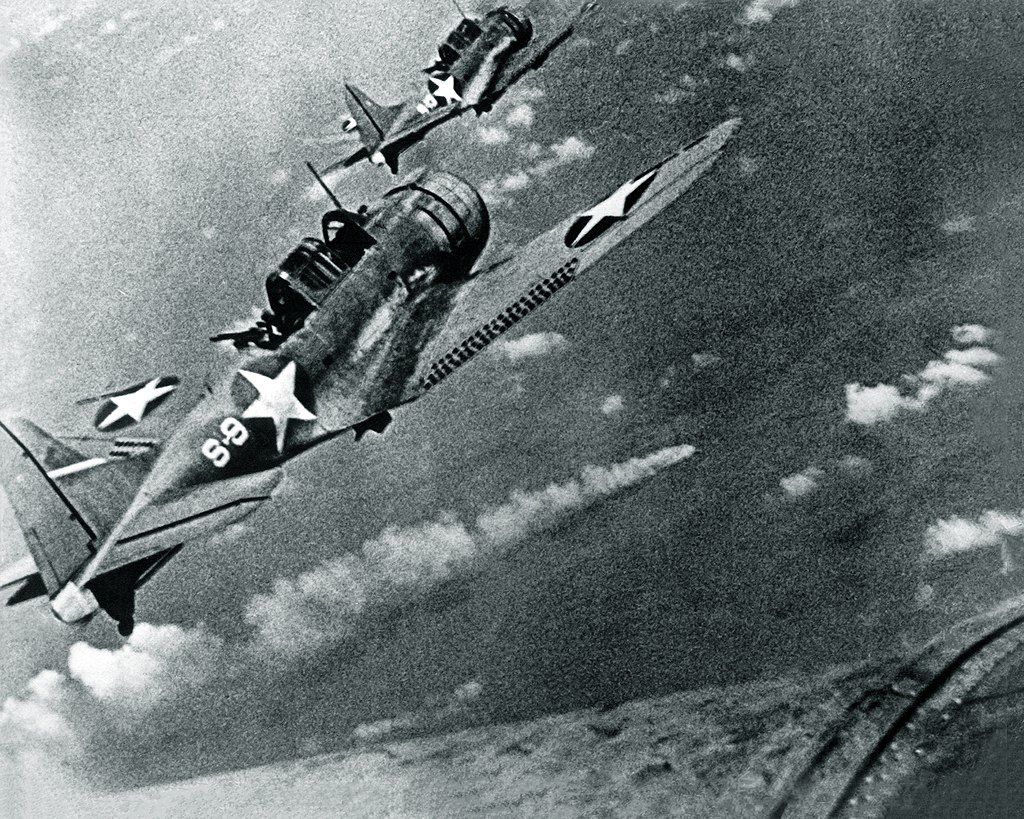






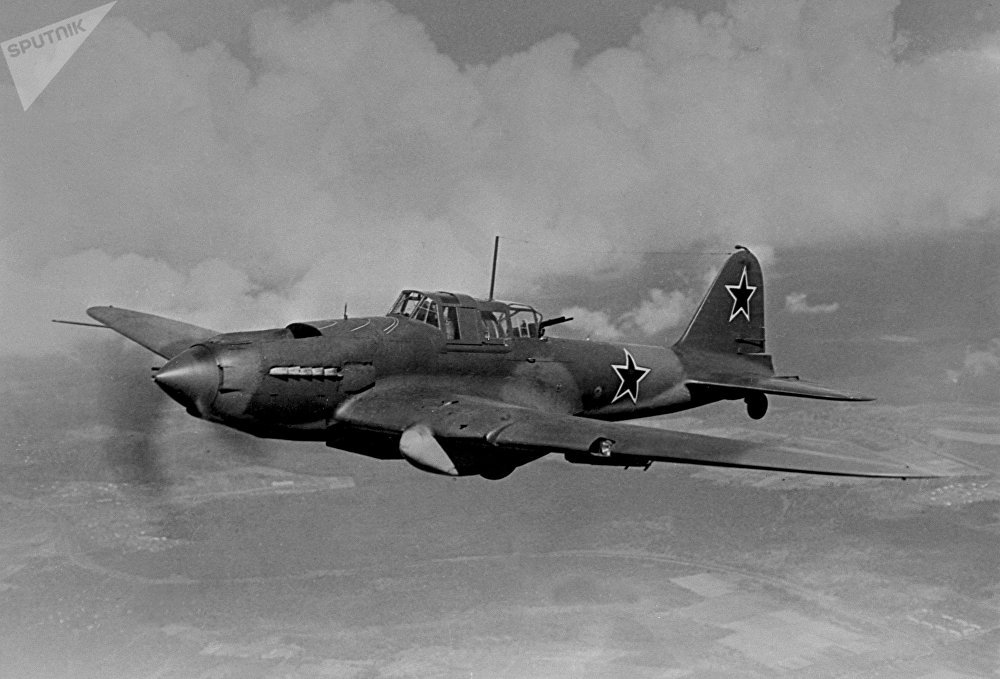







































You must be logged in to post a comment.